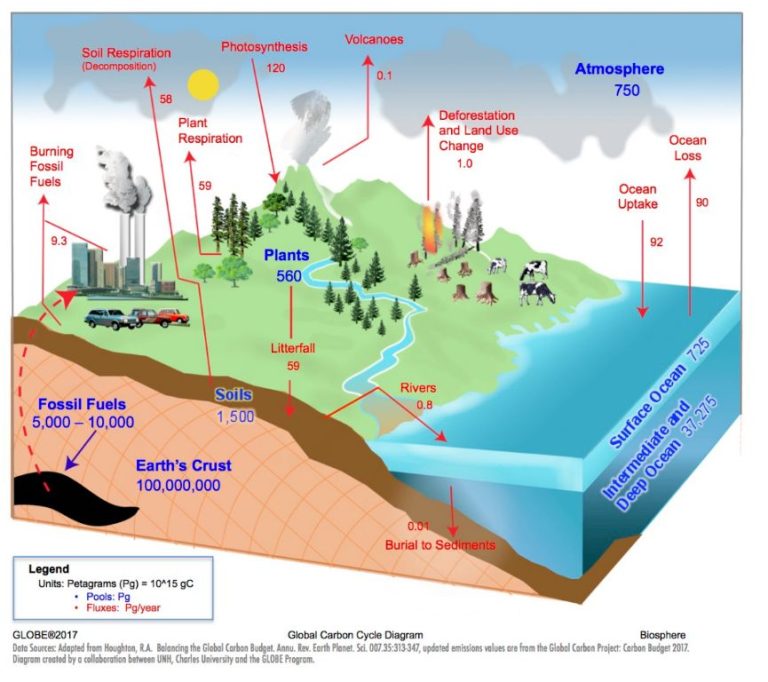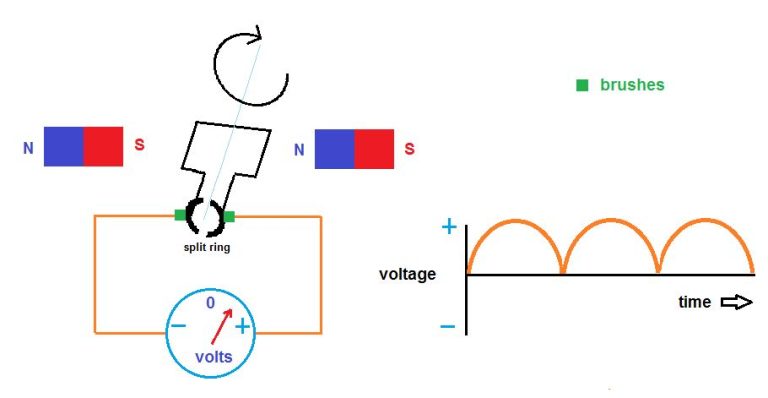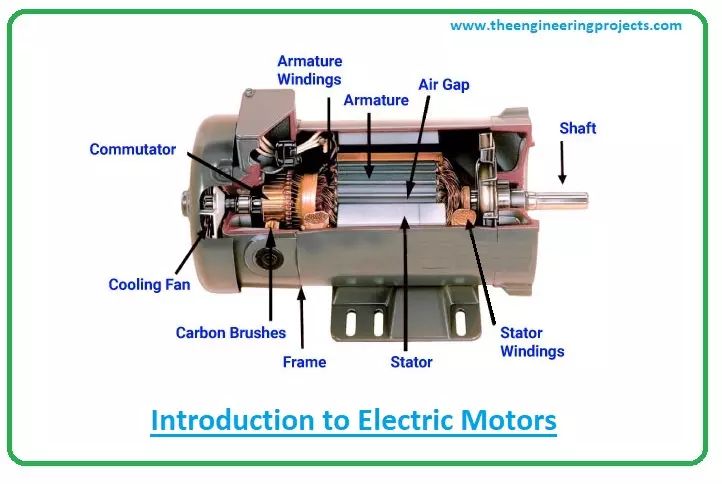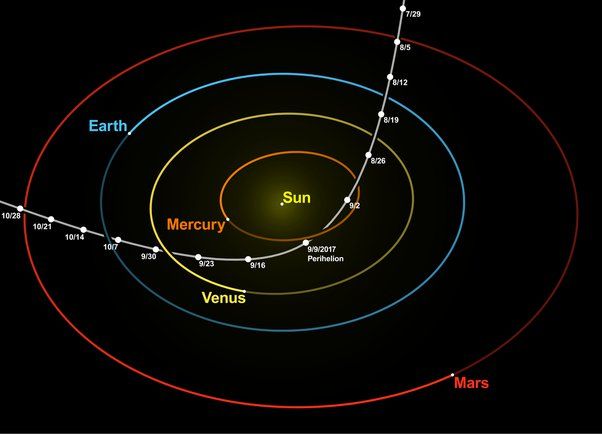Which Quantity Unit Is W?
A quantity unit is a standardized measurement of a physical quantity, used to state how much of that physical quantity is present. Quantity units provide a common language to express and compare measurements. There are many different quantity units defined for various types of physical quantities, such as distance, time, mass, force, energy, and more.
One important quantity unit, especially in electrical and power engineering, is the watt. The watt, symbolized by W, is the unit of power or radiant flux in the International System of Units (SI). As an electrical unit, the watt quantifies the rate of energy conversion or transfer with respect to time.
What is W?
W stands for watt, which is a unit for measuring power. A watt is defined as 1 joule per second. In other words, a watt measures the rate of energy consumption or production.
Some common use cases for watts include:
- Measuring electrical power – The wattage rating on appliances shows how much power they consume.
- Measuring light output – The brightness of light bulbs is measured in watts.
- Measuring engine power – The power of vehicle engines is rated in watts or kilowatts.
- Measuring solar power production – Solar panels are rated by how many watts they can produce.
So in summary, the watt is a unit that measures power, which is the rate at which energy is consumed or produced. Knowing the wattage of a device shows how quickly it uses or generates energy.
Watts for Power
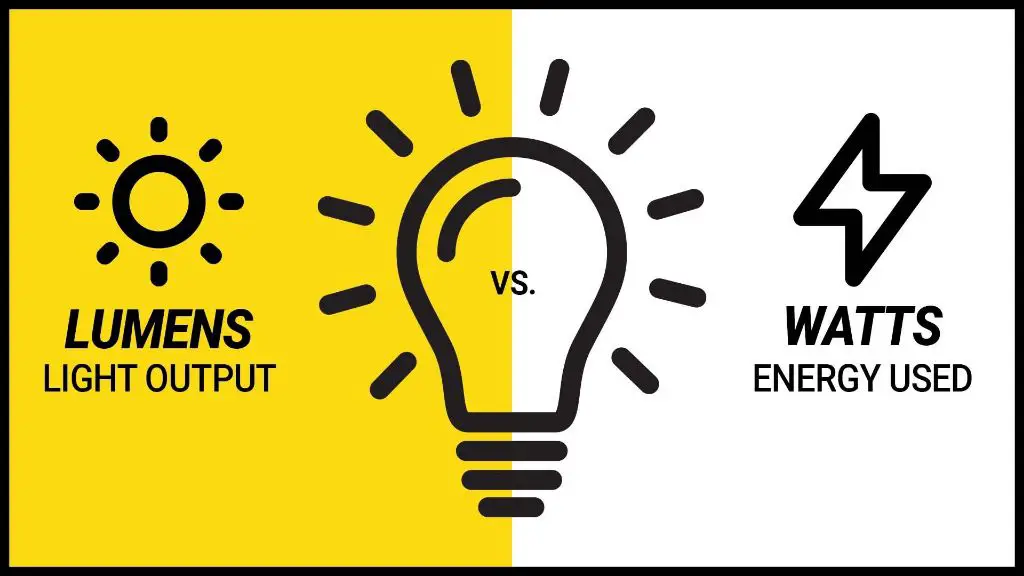
The most common use of the watt is to measure power. Power is defined as the rate at which energy is transferred or converted per unit of time. In electrical systems, power is the rate at which electricity is generated, transmitted, distributed, and consumed. Watts measure the rate of energy conversion or transfer with respect to time.
For example, a 60-watt light bulb converts electrical energy into light and heat energy at a rate of 60 joules per second. Similarly, household appliances are rated in watts to indicate their power consumption. A 1500-watt hair dryer uses 1500 joules of electrical energy per second when operating at full capacity. Other common examples include a 700-watt microwave oven, a 1200-watt coffee maker, and a 1000-watt space heater. The higher the wattage, the more power the device consumes.
Watts for Energy
Watts are commonly used to measure energy consumption over time. While watts measure instantaneous power, energy is power consumed over a period of time, measured in units like watt-hours (Wh), kilowatt-hours (kWh), or megawatt-hours (MWh).
The relationship between power (watts) and energy (watt-hours) is:
Energy (Wh) = Power (W) x Time (h)
For example, a 60 watt light bulb consumes 60 watts of power. If the light bulb is left on for 1 hour, it will consume 60 watt-hours (60 Wh) of energy. If left on for 10 hours, it will consume 600 Wh.
On electricity bills, consumption is typically measured in larger units like kilowatt-hours (kWh), which is equal to 1,000 watt-hours. Leaving a 60 watt bulb on for 10 hours would consume 0.6 kWh of energy (600 Wh = 0.6 kWh).
Watt-hours or kilowatt-hours are useful for measuring the total energy used by appliances and equipment over time. Knowing the wattage and time used can help estimate energy costs.
Other Uses of Watts
While watts are most commonly used to measure power and energy, they also have some other uses, particularly in radio transmission and sound. Here are some of the less common ways that watts are utilized:
Radio Transmission Power: The power of radio transmitters is often measured in watts. For example, a typical handheld walkie talkie operates at around 5 watts. Commercial radio stations can broadcast at hundreds of thousands to millions of watts.
Sound Intensity: The intensity of sound is sometimes measured in watts per square meter. This allows the intensity of different sounds to be compared. For example, a jet engine can produce a sound intensity of around 100 watts per square meter.
Loudspeaker Power: The power handling capacity of loudspeakers and other audio equipment is rated in watts. This specifies how much electrical power the device can convert to acoustic power without being damaged.
Laser Power: The output power of laser devices is often specified in watts. Industrial lasers used for cutting and welding can have power levels ranging from 1,000 – 30,000 watts.
So while watts are predominantly used in electricity and physics, they also have applications in broadcasting, acoustics, and optics.
Watts vs Other Units
Watts are commonly used to measure power, while other units like volts, amps, and ohms are used to measure other electrical properties. Here’s a quick comparison:
-
Volts (V) measure electrical potential difference or voltage.
-
Amps (A) measure electric current or the flow of electrons in a circuit.
-
Ohms (Ω) measure electrical resistance to current flow.
-
Watts (W) measure power, which is the rate at which energy is transferred or work is done.
Power in watts is related to voltage and current by the formula: Power (W) = Voltage (V) x Current (A). So watts account for both voltage and current to quantify power.
For example, a light bulb might use 100 watts of power with a voltage of 120 volts and a current of 0.83 amps. Watts provide a convenient way to specify the power draw or output of electrical devices.
Converting Watts
Watts can be converted to and from several other units of measurement for power or energy. Here are some of the common watt conversions:
Converting to Other Power Units
To convert watts to horsepower, use the conversion:
1 watt = 0.00134 horsepower
To convert horsepower to watts, use:
1 horsepower = 745.7 watts
Converting to Energy Units
To convert watts to joules per second (a unit of energy), use:
1 watt = 1 joule/second
To convert joules to watts, use:
1 joule/second = 1 watt
Other common energy unit conversions:
– 1 watt = 3,600 joules/hour
– 1 watt = 3,412 Btu/hour
Converting to Electric Units
For electrical calculations:
– 1 watt = 1 volt-ampere
– 1 watt = 1 joule/coulomb
So in summary, watts can easily be converted to units of power like horsepower or units of energy like joules by using the appropriate conversion equations.
Measuring Watts
There are several methods and pieces of equipment that can be used to measure watts for various applications.
To measure watts in an electrical circuit, a device called a wattmeter can be used. Wattmeters work by measuring voltage and current, then multiplying them together. Some types of wattmeters are portable devices that can be temporarily connected to a circuit to measure power draw. Others are built into power distribution panels and permanently monitor the wattage of particular circuits.
For measuring the power output of mechanical systems like engines, a dynamometer is often used. A dynamometer applies a load to the system while measuring rotational speed. This data can be used to calculate torque and power in units of watts.
To determine the power consumption of appliances and devices, a plug-in power meter can be used. These portable meters are plugged into the wall outlet and then the appliance is plugged into the meter to measure its energy usage over time.
Laboratory-grade wattmeters and power analyzers are also available when very precise power measurements are needed. These scientific instruments capture voltage, current, and phase angle data to calculate complex power quantities.
In summary, watts can be measured in electrical, mechanical, and thermal systems using a variety of dedicated meters and instruments. The appropriate meter depends on the source and magnitude of power being measured.
Watts in Formulas
Watts are commonly used in physics and engineering formulas involving power and energy. Here are some examples of formulas that use watts:
Power Formula
Power (in watts) is equal to voltage (in volts) multiplied by current (in amps):
P = V x I
Where:
P = Power in watts
V = Voltage in volts
I = Current in amps
Power Conversion Formula
To convert power in watts to horsepower, use:
Horsepower = Watts / 746
Energy Conversion Formula
To convert energy in watt-hours to joules, use:
Joules = Watts x Hours
Where:
Joules = Energy in joules
Watts = Power in watts
Hours = Time in hours
Conclusion
In summary, the watt is a unit of power that measures the rate of energy conversion or transfer. Watts quantify how much energy is being used or produced per second. For electrical devices, a watt measures the power consumption. In mechanics, it measures the rate mechanical energy is generated. Watts are part of the International System of Units (SI) and can be used to calculate other units like voltage, current, and resistance. While watts measure power, the kilowatt-hour (kWh) is used for energy consumption over time. Knowing how to convert between watts and other units is important for calculations in physics and engineering. The main takeaway is that the watt is a versatile base unit for measuring power and energy transfer rates across many domains.

